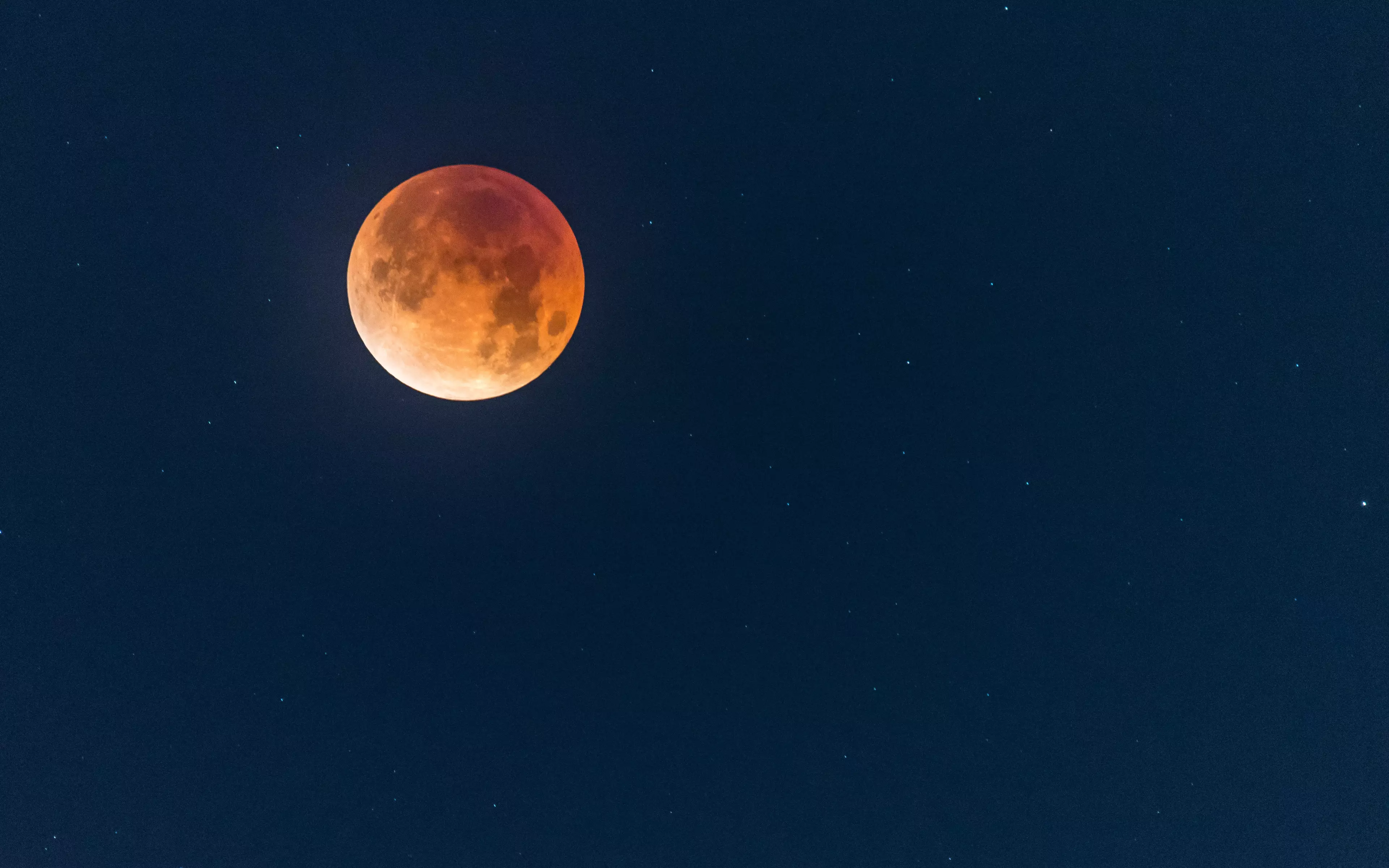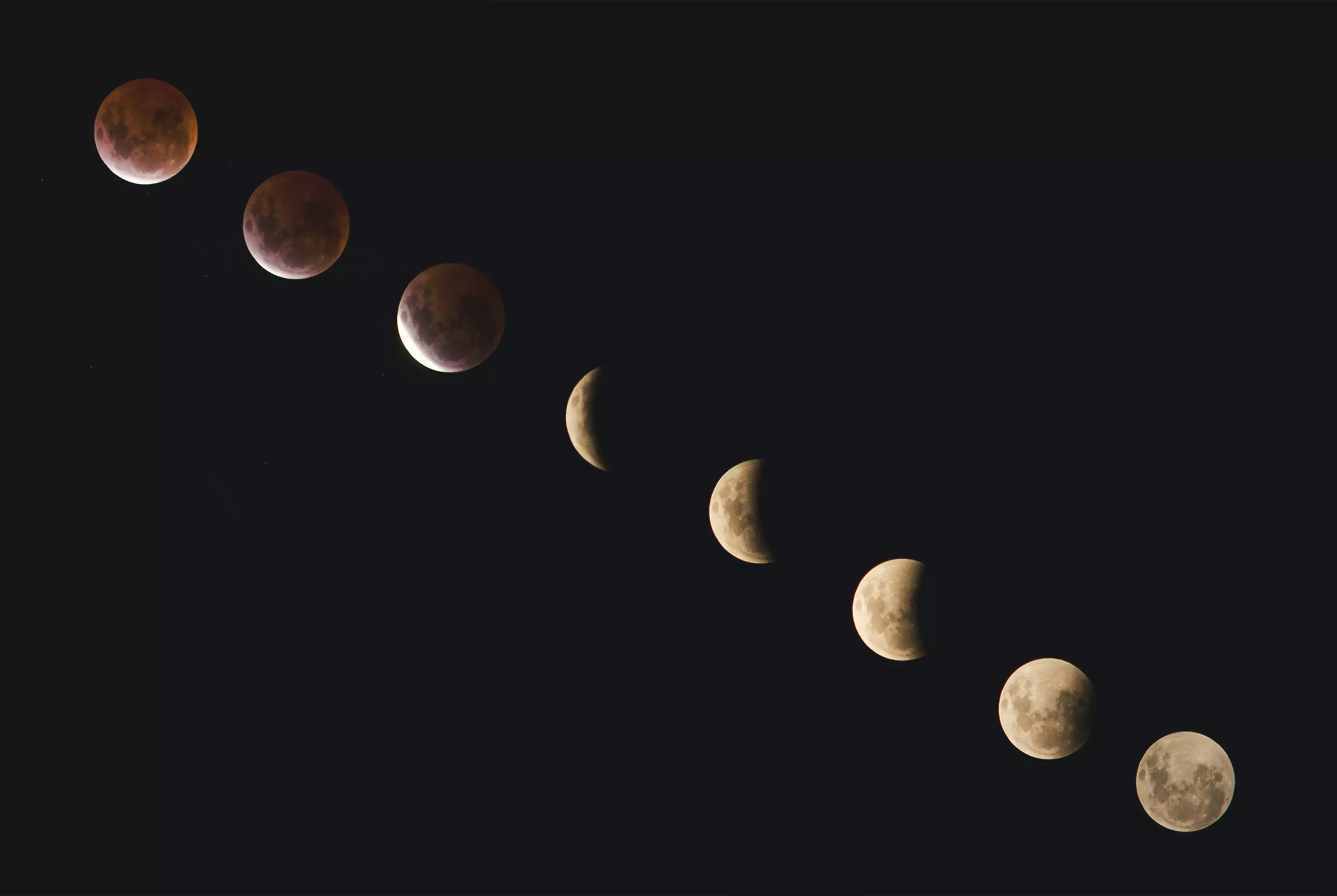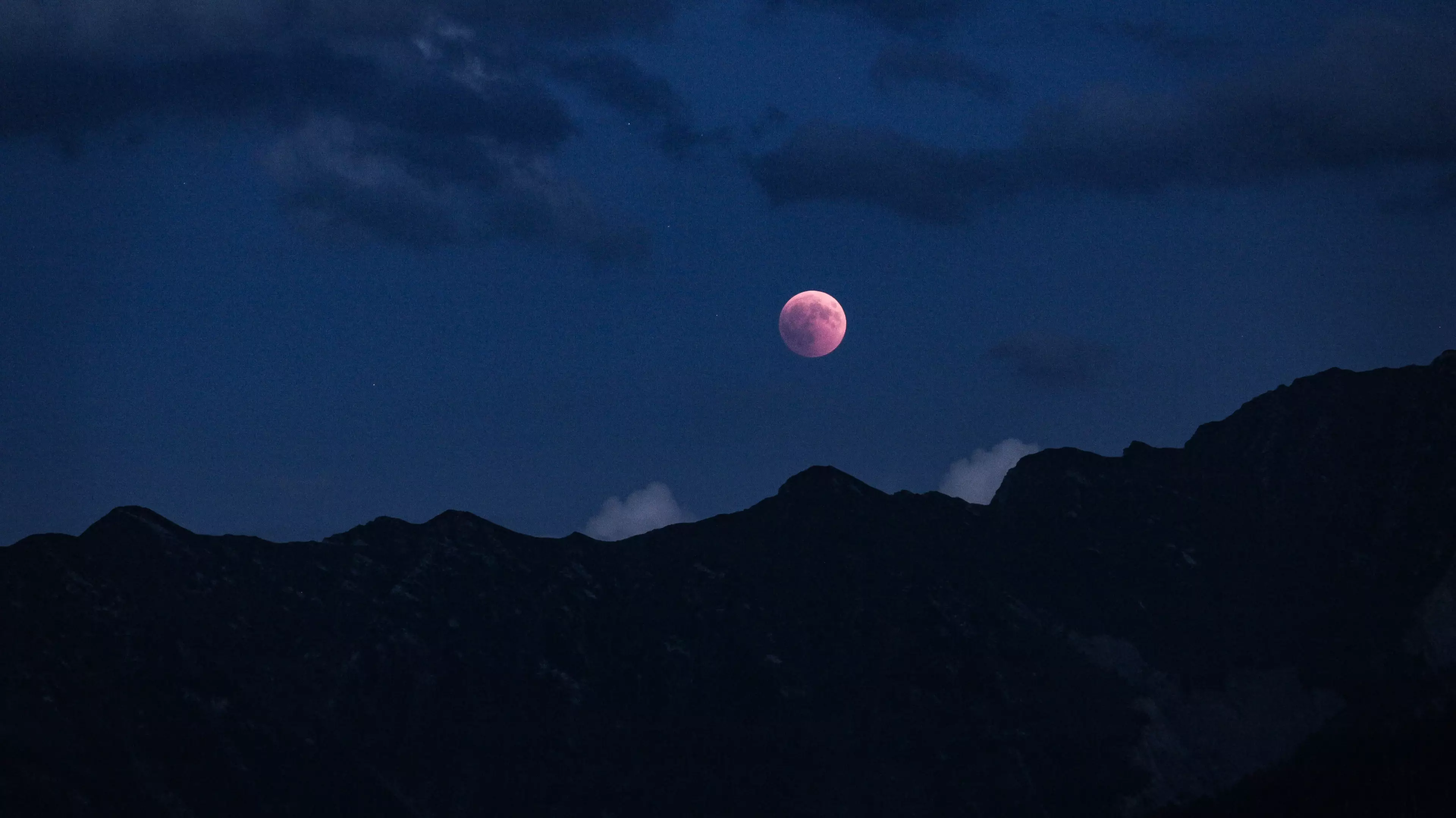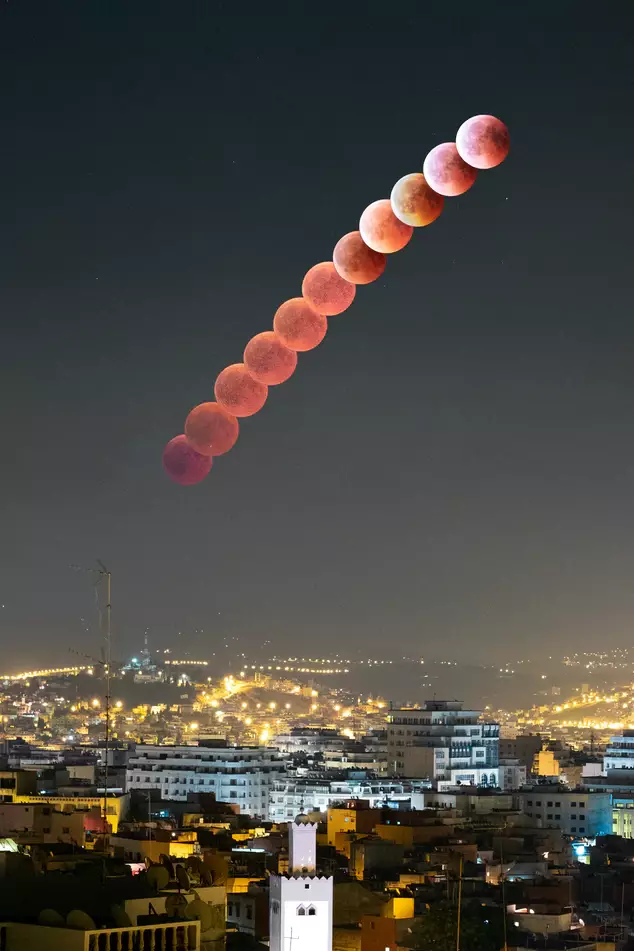
Sky watchers, assemble!
A penumbral lunar eclipse is taking place this Friday 5th June - and you may be able to catch a glimpse of the mesmerising spectacle if conditions are good.
A penumbral eclipse is more subtle than a total eclipse but just as fascinating, according to the Royal Observatory Greenwich, explaining that the phenomenon occurs "when the Moon travels only through the outer, fainter part of the Earth's shadow, or 'penumbra'."

They add: "This happens when the Earth moves between the Sun and Moon but the three do not form a perfectly straight line.
Advert
"The penumbra causes only a slight darkening of the Moon's surface, with the Moon still exposed to some direct sunlight, so this type of eclipse is easy to miss."
This process of passing through the Earth's shadow not only means that the moon's surface appears darker, but that it may appear to take on a reddish or tea-coloured tinge.
The Strawberry Moon is the nickname given to the full moon in June. It is said that Native Americans and European tribes would give names to the moon because they used it to map out their yearly calendar and times of harvest.
This Friday's penumbral eclipse will be visible from most of Europe, Asia, Africa, Australia and the East coast of South America.

It's worth noting that a penumbral eclipse can be more difficult to see with the naked eye - this is because only a portion of the sun's light is blocked from reaching the moon.
Advert
According to NASA, the eclipse starts at 18.46 BST and ends at 22.04 BST. If you want to try to catch from your window, it will be at its clearest at 20.25 BST.
The moon will be 230,000 miles from the Earth - quite a close point in its orbit - which means that it should appear quite big.
This year's penumbral eclipse will pass close pass to the giant red star, Antares, which is around 12 times the size of our own sun.

Happy gazing, earthlings.
Featured Image Credit: Unsplash